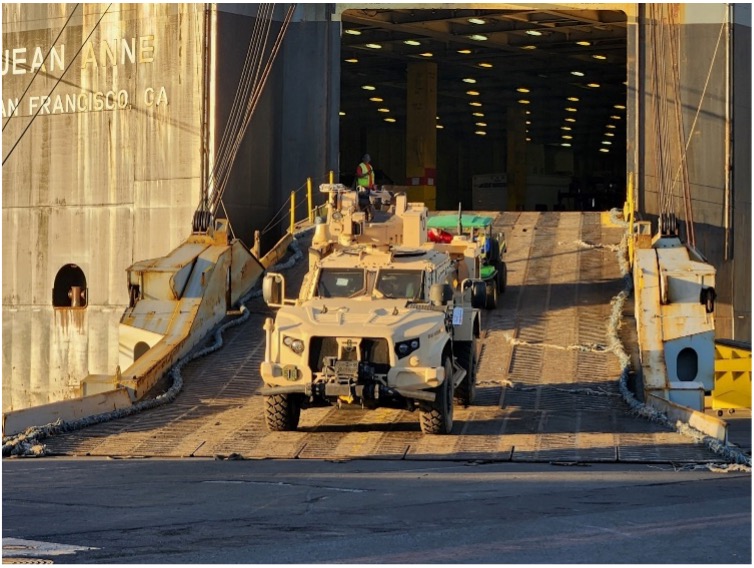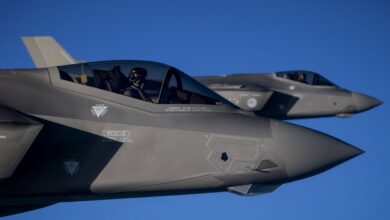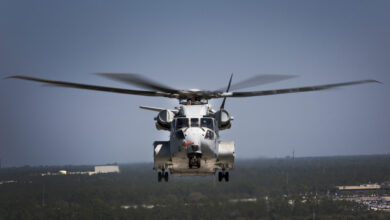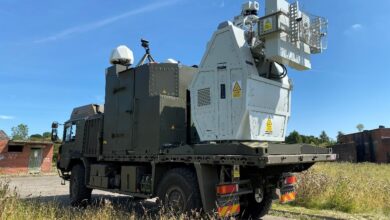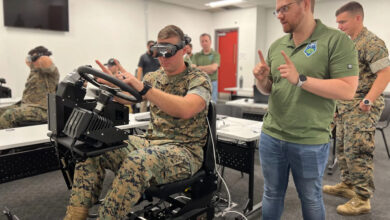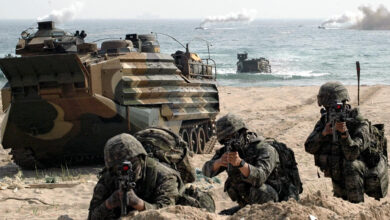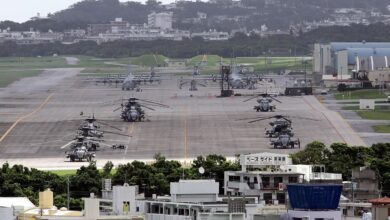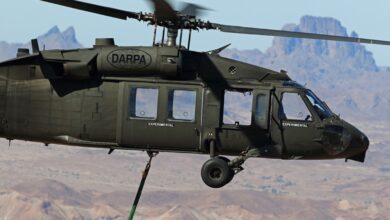US Marines Field JLTV-Mounted System to Destroy Drones
The US Marine Corps has fielded the first Marine Air Defense Integrated System (MADIS).
The system is deployed with the 3rd Littoral Anti-Air Battalion of the 3rd Marine Littoral Regiment (MLR) in Hawaii to counter low-altitude unmanned aircraft systems (UAS) and fixed-wing/rotary-wing aircraft.
“The rapid rise of UAS, used for surveillance, targeting, and attacks, has made advanced air defense systems like MADIS critical to protecting our Marines and preserving our combat effectiveness,” Future Weapons Systems Product Manager Lt. Col. Craig Warner said.
“MADIS not only detects, tracks, and defeats aerial threats but also serves as a powerful deterrent, signaling to adversaries that their aerial assets will not succeed against US forces.”
Marine Air Defense Integrated System
A replacement for the legacy Man-Portable Air Defense System, or MANPADS, the MADIS is mounted on a pair of Joint Light Tactical Vehicles (JLTV).
One vehicle carries kinetic and non-kinetic options such as a 30mm cannon, a machine gun, and a Stinger air-to-air launcher, as well as signal jammers or lasers.
The other vehicle carries a 360-degree radar and command-and-control elements for tracking and detection.
The Kongsberg Protech Systems USA-made system removes the need for a Marine to exit his vehicle.
In comparison, the cumbersome MANPADS includes a fire unit vehicle, section leader vehicle, and Stinger shoulder-fired missile as its primary weapon system.
The system’s earlier versions go back to the 1950s when the first air protection measures were being fielded by the US Army and Marines against fast-moving aircraft.
One Hundred Ninety MADIS by 2035
A total of 190 MADIS are reportedly planned to be procured through 2035. They will be fielded with the 1st, 2nd, and 3rd Low Altitude Air Defense battalions and the 3rd, 4th, and 12th MLRs.
“MADIS is a testament to the Marine Corps’ ability to swiftly respond to evolving threats,” Program Manager for Ground-Based Air Defense Col. Andrew Konicki said.
“Fielding MADIS to 3d LAAB is only the first step. What MADIS is today will not be the same system 12, 24, 36 months from now. The Marine Corps will continue to incrementally improve MADIS capabilities to stay ahead of the threat while providing Marines the system they need to protect themselves.”
Layered Air Defense
The MADIS is part of a three-tiered ground-based air defense system employed by the Marines, including a light MADIS (LMADIS) and the Medium-Range Intercept Capability (MRIC).
The MRIC is based on Israel’s Iron Dome and powerful Tamir interceptors. It will be deployed against larger drones and other advanced threats.
The LMADIS, meanwhile, is mounted on a pair of Ultra-Light Tactical Vehicles and relies on non-kinetic interception.
It will be part of the Marine Expeditionary Units, smaller than the MLR, and work in tandem with the MADIS to strengthen Indo-Pacific defense.
The remaining two systems are expected to be fielded in 2025.

